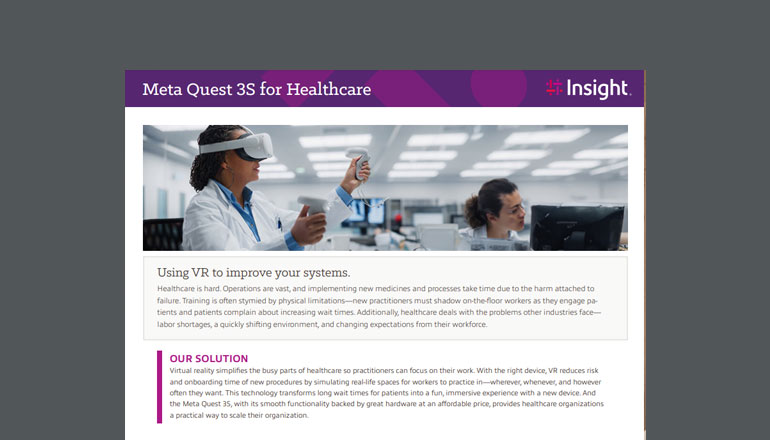Glossary What is Spatial Computing?
By / 2 Jan 2023 / Topics: Immersive technology Virtual Reality (VR)
Spatial computing is a way to use a machine, such as a personal computer, where the controls and data displays coexist among a physical environment. Spatial computing doesn’t display information on screens, nor does it require peripherals or plugins for use. Instead, information is displayed in the surrounding space where the user is and can be manipulated through physical movements, such as hand, eye or body gestures.
Spatial computing is becoming more viable with the widespread use of augmented reality tools and headsets. The Apple Vision Pro is an example of spatial computing where a user can input and manipulate data, remotely communicate with others, and essentially use the device like a standard computer. All information is displayed around the user, which they can see through the headset. The hands and eyes are tracked by the device for each input.
Spatial computing was first defined and explained in a paper by Simon Greenwold from Yale University in 1995. The paper describes many use cases and fundamental ideas that can make up spatial computing, including the creation of digital objects that can be displayed in the physical environment — something similar to other immersive technologies like the metaverse.




